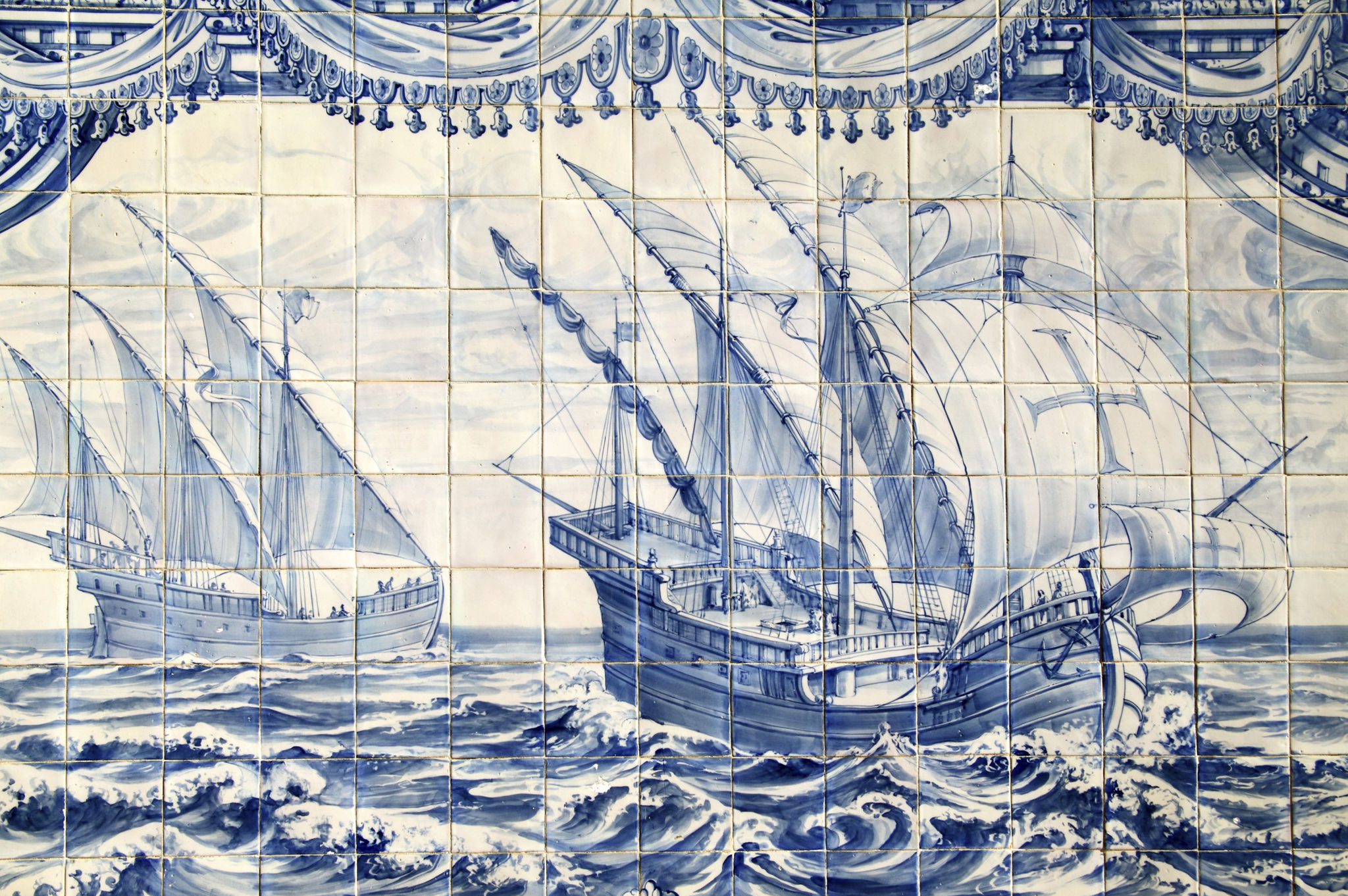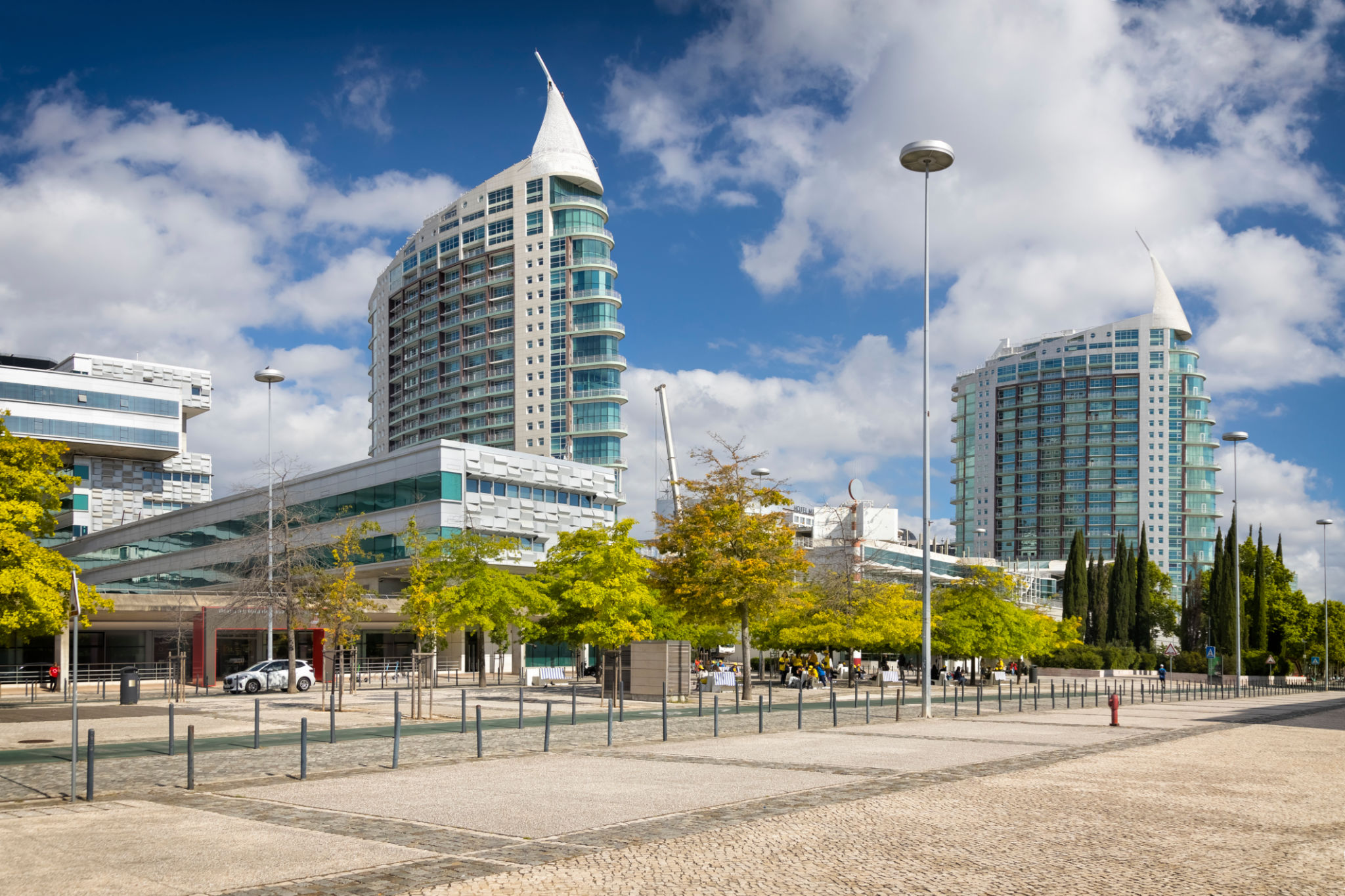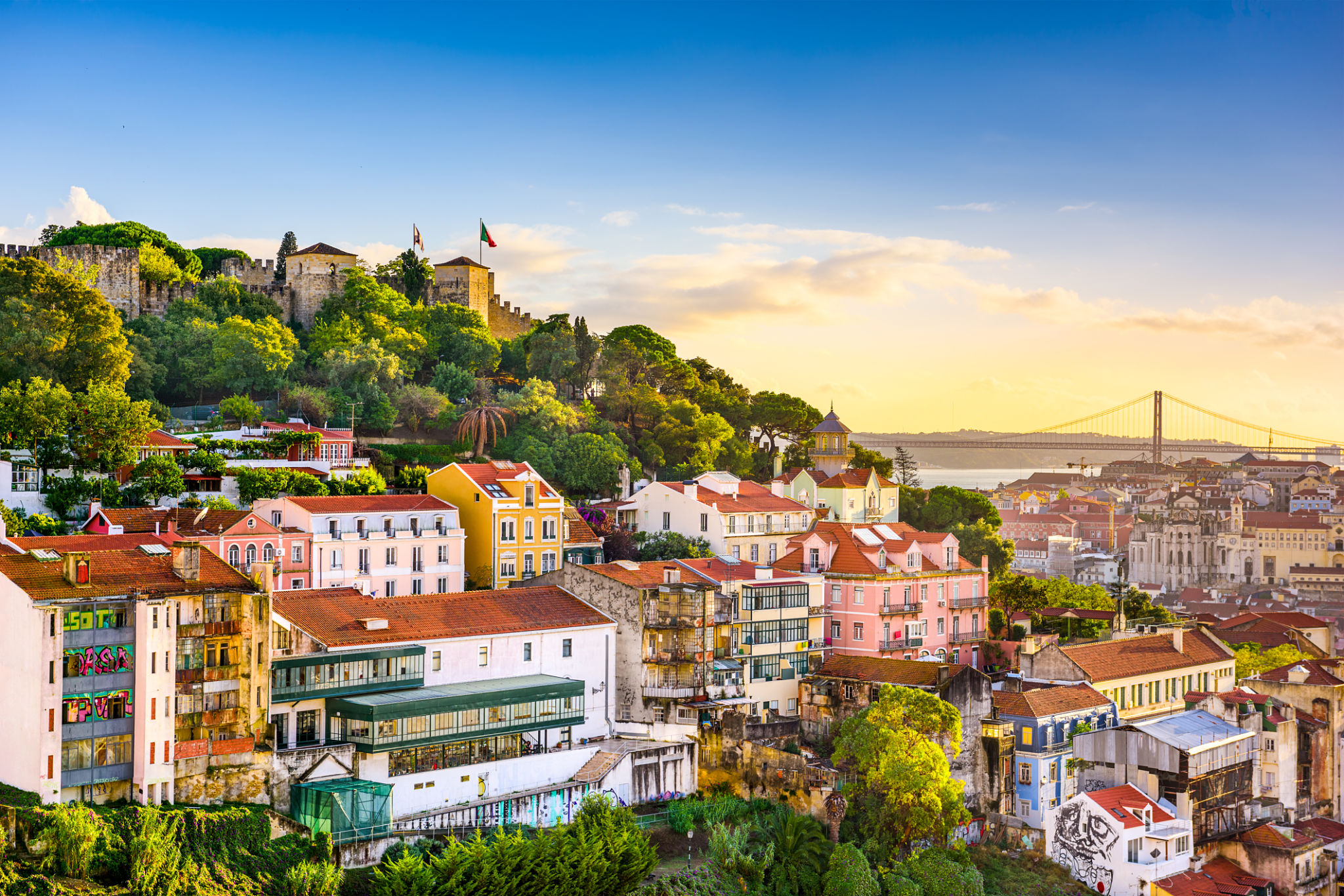Comparing Traditional vs. Modern Architecture Styles in Lisboa
Exploring the Rich Tapestry of Lisboa’s Architecture
Lisboa, the capital city of Portugal, offers an eclectic mix of architectural styles that reflect its rich history and cultural evolution. From the charming, age-old structures of traditional architecture to the sleek, innovative designs of modern constructions, Lisboa's cityscape is a visual feast for architecture enthusiasts.
The charm of Lisboa lies in its ability to seamlessly blend the old with the new. As one strolls through its cobbled streets, they are greeted by an array of architectural marvels that tell tales of bygone eras and contemporary innovation.

The Allure of Traditional Architecture
Traditional architecture in Lisboa is characterized by its intricate designs and historical significance. These buildings often feature ornate azulejos (ceramic tiles), wrought iron balconies, and intricate stonework that echo the city's storied past.
Key elements of traditional architecture include:
- Azulejos: Beautifully painted ceramic tiles that adorn the facades of many buildings.
- Manueline Style: A Portuguese late Gothic style known for its elaborate ornamental details.
- Pombaline Architecture: Developed after the 1755 earthquake, characterized by its uniformity and seismic-resistant design.

Preserving History
The preservation efforts in Lisboa are commendable, with numerous initiatives aimed at maintaining the historical integrity of these traditional structures. Restorations and renovations often incorporate modern amenities while keeping the original designs intact, offering a glimpse into the past while catering to present-day needs.
The Rise of Modern Architecture
In contrast to its traditional counterpart, modern architecture in Lisboa embraces minimalism and innovation. The modern structures often utilize state-of-the-art materials and designs that reflect a forward-thinking approach. This style is marked by clean lines, open spaces, and functional design principles.
Modern architectural landmarks in Lisboa include:
- MAAT (Museum of Art, Architecture and Technology): An iconic riverfront structure known for its undulating form.
- Gare do Oriente: A transport hub designed by Santiago Calatrava, featuring futuristic design elements.
- Torre Vasco da Gama: A striking skyscraper offering panoramic views of the city.

Embracing the Future
The modern architectural movement in Lisboa illustrates the city's embrace of technology and sustainability. Many new constructions incorporate eco-friendly materials and energy-efficient systems, aligning with global trends towards environmental consciousness.
Finding Harmony Between Old and New
One of the most remarkable aspects of Lisboa's architecture is the harmonious coexistence of traditional and modern styles. This blend creates a unique urban landscape where history meets innovation, offering residents and visitors alike a dynamic environment that celebrates diversity in design.
The juxtaposition of traditional and modern architecture not only enhances the aesthetic appeal of the city but also serves as a testament to Lisboa’s ability to adapt and evolve while honoring its past. As the city continues to grow, this blend promises to remain a defining feature of its cultural identity.

